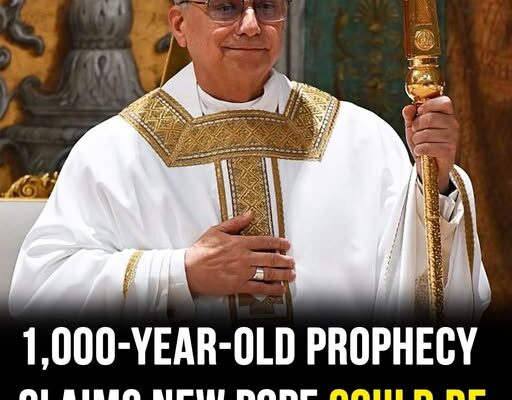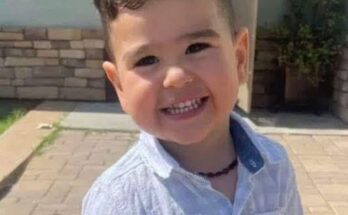The recent election of Pope Leo XIV has sparked global attention—not just because he is the first American to hold the papacy, but also because his rise to the Vatican has resurfaced an ancient and controversial prophecy.
On May 8, 69-year-old Robert Francis Prevost, formerly a cardinal with roots in Peru and the United States, was officially confirmed as the new head of the Catholic Church. For many Catholics, his election represents a moment of renewal and hope.
But for some, it has stirred something far more mysterious: the centuries-old “Prophecy of the Popes.”
The Mysterious Prediction of Saint Malachy
The prophecy is attributed to St. Malachy, a 12th-century Irish mystic. According to the legend, he had a vision listing 112 future popes, ending with a figure known only as “Peter the Roman.” This final pope, the prophecy claims, would lead the Church during times of great tribulation.
With the death of Pope Francis on April 21, some have suggested that Pope Leo XIV might be the last name on that prophetic list—causing a surge of speculation online.
Does Pope Leo XIV Match the Prophecy?
Experts say: not really.
For one, Pope Leo XIV was born Robert Prevost, and neither his background nor papal name aligns with the title “Peter the Roman.” In fact, he is not Italian, nor does he have any known connection to someone named Peter or to the symbolic “city of seven hills” (commonly interpreted as Rome) in a prophetic sense.
Furthermore, this isn’t the first time people have tried to link a pope to “Peter the Roman.” The same theory was proposed about Pope Francis, but Josh Canning, Director of the Newman Centre’s Chaplaincy in Toronto, publicly dismissed it as early as 2013, saying there was no real connection.
Scholars Say the Prophecy Is a Forgery
Several historians and religious scholars believe the Prophecy of the Popes is not authentic. Fr. James Weiss, a professor at Boston College, has called the list a forgery, noting that its mysterious phrases—such as “swift bear” or “rose of Umbria”—align only loosely with historical popes.
He explained that while early mottos match popes from the 12th century to the 16th century, the accuracy declines after that. “It’s hit or miss,” Weiss remarked, suggesting that the list was likely composed much later than St. Malachy’s lifetime.
Joëlle Rollo-Koster, a professor of medieval history at the University of Rhode Island, agrees. She pointed out that there is no historical evidence directly linking St. Malachy to the prophecy at all, calling the claim “unfounded from a scholarly standpoint.”
A Pope for the Future, Not the End
Despite the resurfacing of old legends, most Catholic leaders and historians are focusing on what really matters: the leadership of Pope Leo XIV and the role he will play in guiding the Church forward.
His unique background and years of service make him a compelling figure. As the Catholic world continues to adapt to modern challenges, many believe Pope Leo XIV is well-positioned to bring unity, compassion, and progress—not apocalyptic endings.
While the prophecy may capture imaginations, there is no credible evidence to suggest that the new pope’s election signals the end of the papacy or the Church.
In times like these, it’s more important than ever to separate faith from fear, and history from myth.



